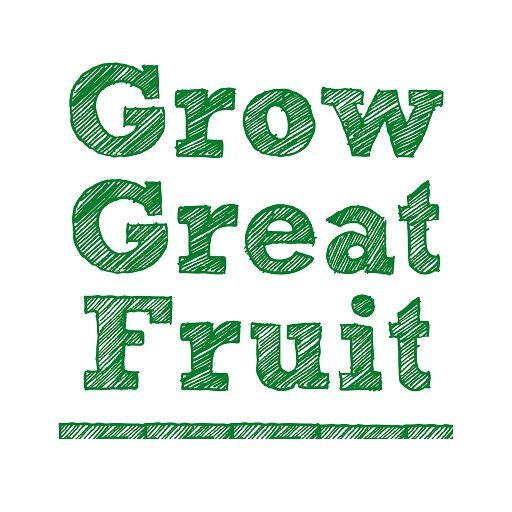Click on the variety/cultivar name below to open the full listing, or click here for detailed instructions on how to use the database
| Variety/Cultivar | Fruit Type | Fruit Description | Production Notes | Disease Susceptibility |
|---|---|---|---|---|
| Anita | Peach | 50% red blush over a cream background colour, white juicy flesh, very good flavour. Freestone. | ||
| Anna | Apple | Large, Red Delicious style, a red apple with an incomplete blush, green background colour. Good flavour. | Grows in zones 5-10. Very low chill apple, suitable to grow in warm climates. Short shelf life, bruises easily. | Susceptible to Black spot (Apple scab) and can also be susceptible to leaf spots such as Alternaria leaf spot and fungal gummosis |
| Annabelle | Peach | Strong red colour over a cream background, white juicy flesh. Freestone. | Moderate cropper, not prone to doubles. | |
| Anzac | Peach | Heritage white flesh peach, semi-clingstone, juicy with fair flavour, low acid. A lovely early season peach that needs to be handled gently because it bruises easily. | Requires hard thinning to get good fruit size. | |
| Anzac Gold | Peach | |||
| Aprilglo | Nectarine | Small to medium sized nectarine showing red skin over a yellow ground colour with firm and juicy yellow flesh. Good flavour for early season. Needs thinning to attain the right size and in order to avoid splitstone. Clingstone. | A colourful nectarine with a good flavour for early season. Vigorous tree that normally has a heavy crop. Currently under evaluation in Australia. | Can be prone to splitstone. |
| Arctic Jay | Nectarine | Slightly oblong, rounded fruit that is medium to large. Pinky red blush over cream background, white flesh that is juicy and sweet. Freestone. | One of the series of Zaiger Genetics series of subacid white-flesh nectarines with high colour. | |
| Arctic Queen | Nectarine | Medium sized, roundish fruit, pinky-red skin with cream background colour. White, juicy flesh, good flavour. Freestone. | Tends to be a high vigour tree. If combined with low calcium levels in fruit can cause 'corky spot' in young trees. | Shows 'corky spot' in the flesh in some seasons. |
| Arctic Rose | Nectarine | Tends to be smallish fruit, round, pinky-red skin, creamy white background colour. White flesh, good, subacid flavour, juicy. Freestone. | Needs detailed thinning to achieve good size. | Bad weather can cause russeted skin. |
| Arctic star | Nectarine | A medium sized, rounded to oblong nectarine with a blush of red over a cream ground colour. Firm and juicy white flesh with speckles of red. Moderate to good, somewhat subacid flavour. Clingstone. | A very colourful, white-fleshed nectarine that matures early and has a subtle, subacid flavour. The tree normally has a good crop. | This variety has recently been released from quarantine and still requires trialling in Australia. |
| Arkansas Black | Apple | Can be susceptible to bitter rot in warm and humid conditions | ||
| Arlet (Swiss Gourmet) | Apple | Medium to large fruit, red skin with a yellow background, creamy white flesh with good flavour. | Doesn't store very well and tends to get an oily skin, seems to be better suited to cooler areas. | Susceptible to black spot (apple scab) and powdery mildew |
| Armredark | Nectarine | A medium sized, oblong nectarine with a slight tip. Lovely red colour over a yellow ground colour with yellow, juicy flesh. Average flavour. Freestone, normally not prone to splitstone. | Normally not prone to splitstone. | |
| August Glo | Nectarine | Medium fruit, round, dark crimson red blush over a yellow background colour. Can be hard to get good colour except in warm, dry summers. Flesh is yellow and firm, with good flavour. Clingstone. | Best suited to dry, warm climates. | |
| Aurora | Pear | Pyrus communis (European pear). Attractive, large, pyriform shaped fruit with bright yellow skin that is slightly russeted and may have a blush. The flesh is melting and smooth, juicy, sweet and aromatic when ripe. Great texture and flavour. | Vigorous tree, quite spreading. Keeps better than Williams for an early pear. | Susceptible to fire blight (but this disease is not present in Australia). |
